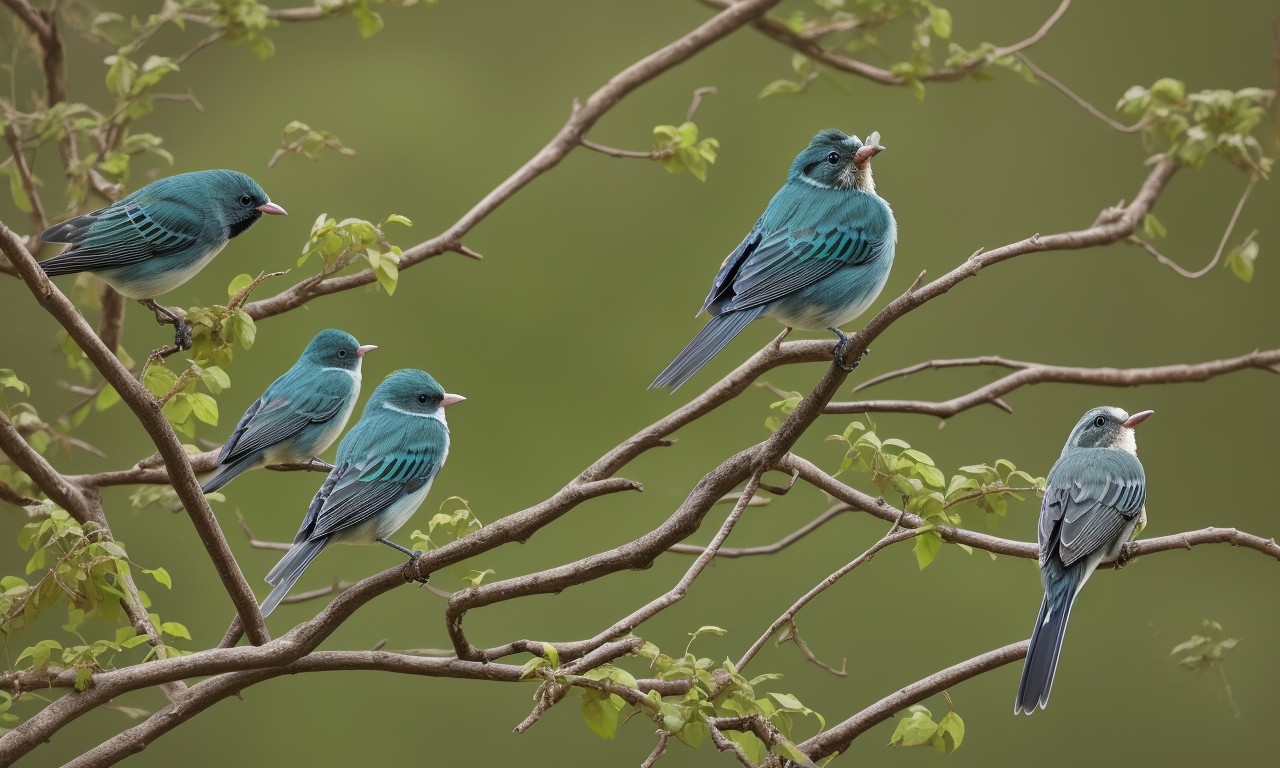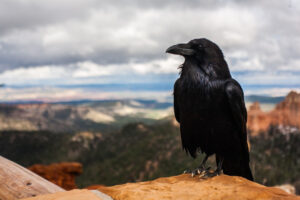Arkansas, often called ‘The Natural State,’ is renowned for its rich biodiversity and lush landscapes that provide a haven for a stunning variety of bird species. In particular, Arkansas’s songbirds are a melodious treasure, enchanting residents and visitors with their sweet serenades. For nature enthusiasts and birdwatchers, the songbirds of Arkansas are a delightful display of nature’s wonders, right in your very own backyard.
The experience of identifying and appreciating these songbirds is both joyful and educational. As you immerse yourself in the bewitching songs and captivating behaviors of these winged creatures, you’ll soon uncover why the songbirds of Arkansas are considered some of the most melodious birds across North America.
The Alluring Charm of Arkansas’s Songbirds
Exploring the Variety of Species
In Arkansas, the biodiversity of songbirds is quite extensive, encompassing a wide range of species that differ in size, color, and, most notably, their unique songs. The state’s varied ecosystems, from the humid deltas of the Mississippi to the highlands of the Ozark and Ouachita Mountains, provide an ideal environment for these charismatic creatures.
Related article; water birds of arkansas
The Northern Cardinal: A Flash of Crimson and Song
One of the most iconic and easily recognizable songbirds in Arkansas is the Northern Cardinal. These birds are year-round residents, adding splashes of brilliant red to the landscape and delivering various tunes that can be described as a mix of whistles and melodic chatters. The males, in particular, are known for their vibrant crimson plumage and euphonic melodies, which they use to attract mates and declare their territories.
Related article; backyard birds of arkansas
The Eastern Bluebird: The Azure Harbinger of Happiness
Another beloved songbird is the Eastern Bluebird. This small thrush, with its vivid blue back and warm reddish breast, is not only a feast for the eyes but also a joy to the ears. Although their song is more subdued than that of the cardinal, their gentle warble serves as a welcome sign of spring and is a reminder of the simple pleasures in life.
Related article; small birds of arkansas
Seasonal Serenades: When to Hear the Best Songs
Songbirds engage in singing primarily during the breeding season, which can start as early as late winter and extend into the summer months. The peak season for songbird activity in Arkansas generally falls between early spring and late June when males are actively courting females or defending their nesting territories.
Related article; exotic birds in guatemala
During this period, it is possible to step outside at dawn and be greeted by what is known as the ‘dawn chorus’ – a period when the air is filled with a vibrant and harmonious blend of songbird melodies. This acoustic phenomenon is not only breathtaking but is also the prime time for birdwatching and listening.
Related article; black birds in guatemala
Creating a Bird-Friendly Backyard
Nurturing a Hospitality Haven for Feathered Guests
If you’re keen on experiencing the melodic wonders of Arkansas’s songbirds, cultivating a bird-friendly backyard is an excellent starting point. This initiative involves a few thoughtful steps:
Related article; blue birds in guatemala
- Plant Native Vegetation: By including plants native to Arkansas in your landscaping, you’re providing natural food sources and shelter for songbirds. Items such as berry bushes, native wildflowers, and insect-attracting plants will draw in various songbird species.
- Provide Water Sources: A birdbath or a small pond can be an oasis for songbirds, especially during the warmer months. The sound of water is an irresistible attractant for these birds and can lead to delightful observations.
- Offer Nutritious Feed: Integrating a bird feeder into your backyard filled with seeds, such as black oil sunflower seeds, can be a magnet for songbirds. Supplementing with suet and nyjer feed during the winter can also attract an array of species.
The Role of Safe Sheltering
In addition to food and water, offering a safe habitation for songbirds is critical. This can be achieved by providing nesting boxes suitable for species like bluebirds, chickadees, and titmice. Ensure these are set up in a secure environment, away from predators, and include proper drainage and ventilation features.
Related article; common birds in guatemala
The Importance of Predator Control
The presence of predators such as cats, raccoons, or even aggressive bird species can discourage songbirds from visiting your backyard. Taking measures to protect feeders and nesting sites from these threats is essential for maintaining a peaceful and safe haven for the birds.
Related article; bird with mohawk
Enjoying the Songbird Experience Responsibly
The Ethical Birdwatcher’s Creed
To truly enjoy and support the songbirds of Arkansas, one must engage in responsible birdwatching practices. This includes:
- Observing birds from a distance to avoid causing stress or disruption to their natural behaviors.
- Refraining from playing recordings to attract birds, as this can interfere with their communication and breed confusion among the birds.
- Avoiding the use of flash photography, which can startle and disorient birds, especially during the nesting season.
Community Involvement and Conservation Efforts
For those who wish to go beyond backyard birdwatching, becoming involved in local conservation efforts is a commendable pursuit. Participating in citizen science programs, such as the Audubon Society’s Christmas Bird Count or the Great Backyard Bird Count, can contribute valuable data for the conservation of Arkansas’s songbirds.
The Joys of Birding: Sharing and Learning
Joining Local Birding Groups and Clubs
Arkansas boasts a vibrant community of bird enthusiasts. By joining local birding groups or clubs, you not only connect with like-minded individuals but also learn from their experiences and knowledge. These groups often organize birdwatching excursions, educational seminars, and social gatherings, creating a supportive network for both novice and experienced birdwatchers.
Furthering Your Avian Education
Whether you’re new to birding or looking to deepen your understanding, numerous resources are available to assist in your journey. Local wildlife agencies and national organizations offer educational materials, workshops, and online courses to help you identify songbirds, learn about their behaviors, and contribute to their preservation.
Bird Identification Apps and Guides
To aid in the identification of songbirds, consider using bird identification apps or field guides specific to Arkansas. These resources can provide valuable assistance in the field, allowing you to recognize various species by their visual characteristics and songs. Apps like Merlin Bird ID and Audubon Bird Guide are user-friendly options for both beginners and experts.
Conclusion: A Lyrical Encounter Awaits
The songbirds of Arkansas are more than just a charming backdrop to the state’s natural scenery; they are a testament to the thriving ecosystems and the delicate balance of nature within our world. From the vibrant Northern Cardinal to the serene Eastern Bluebird, these melodic wonders are an integral part of Arkansas’s identity.
Creating a nurturing environment for these birds in your backyard not only enhances your personal enjoyment but also contributes to the broader efforts of conservation and protection of these species. The joy of birdwatching is an endlessly rewarding pursuit, one that connects us to the natural world in a profound and intimate way. So, step outside, listen to the entrancing voices of Arkansas’s feathered songsters, and let yourself be drawn into the magical world of songbirds – right in your very own backyard.




